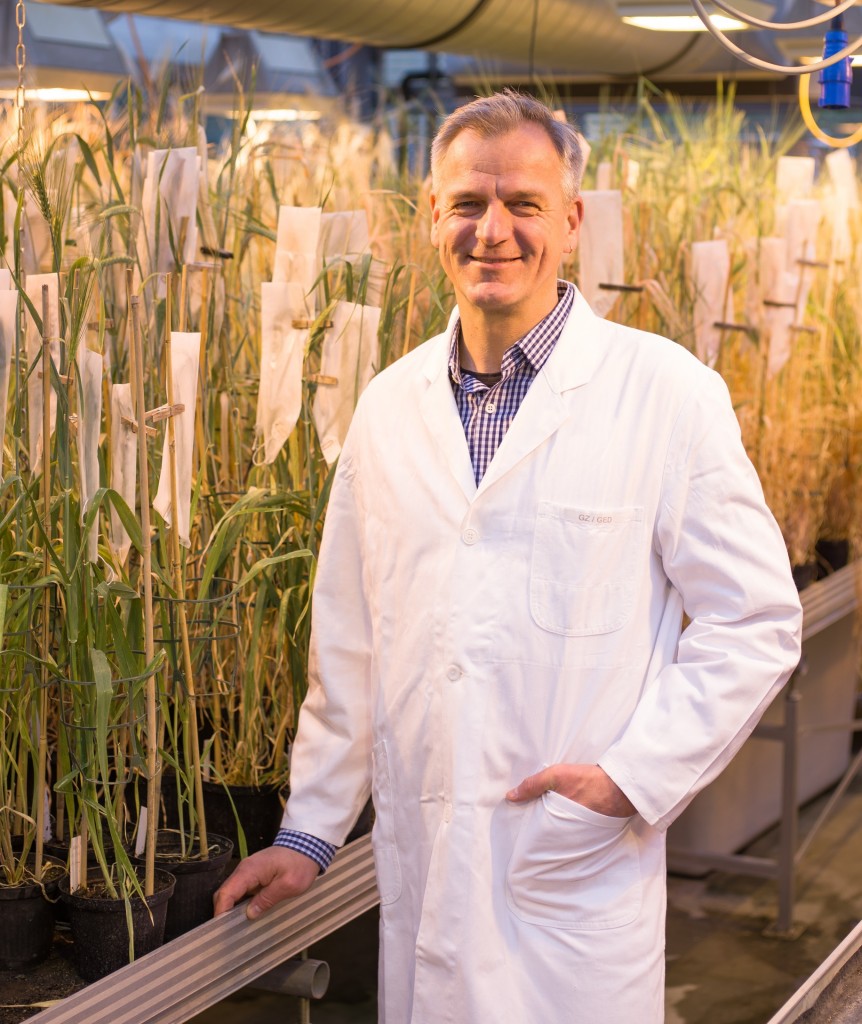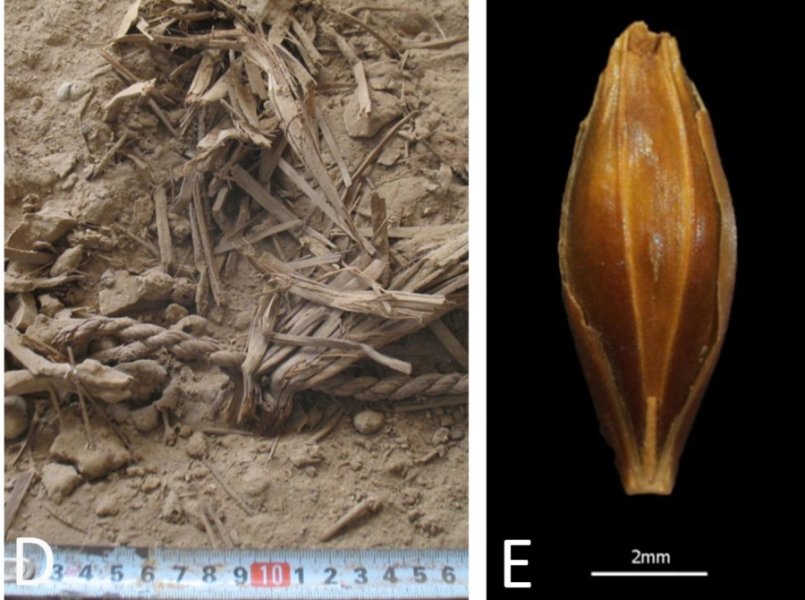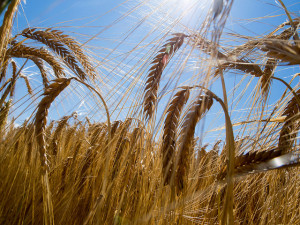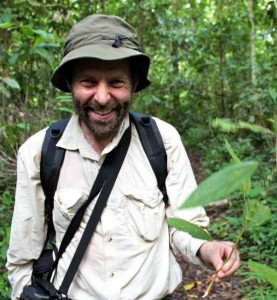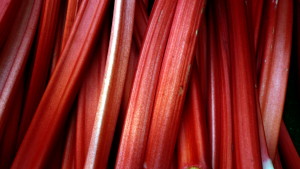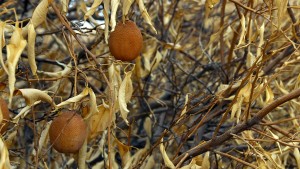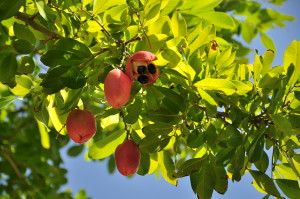This week we spoke to Francisco Gomez and Ammani Kyanam, graduate students in the Soil and Crop Science Department at Texas A&M University, USA. They were part of the organizing committee for the recent Texas A&M Plant Breeding Symposium, a successful meeting run entirely by students at the University.
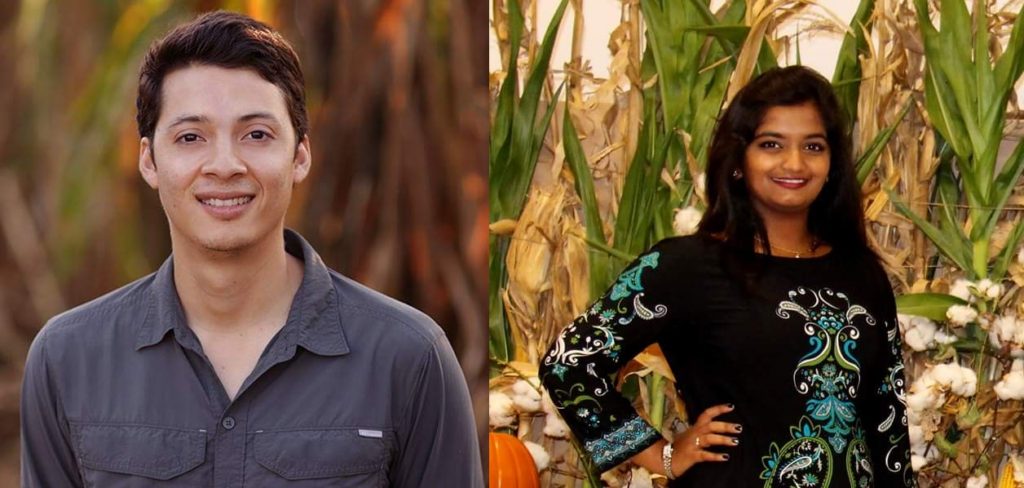
Francisco Gomez and Ammani Kyanam, part of the student organizing committee of the Plant Breeding Symposium
Could you begin with a brief introduction to the Plant Breeding Symposium held at Texas A&M in February?
Texas A&M University is one of the largest academic and public plant breeding institutions worldwide, which trains breeders in a variety of programs. Every year, students at the University organize the Texas A&M Plant Breeding Symposium, which is part of the DuPont Pioneer series of symposia. The symposium provides a platform for graduate students to bridge the interaction between the public and private sectors and engage in conversations about the grand challenges facing humanity that could be addressed by plant breeding. It’s also a great chance to network with faculty, students, and industry representatives.
Could you tell us more about this theme and how the different sessions were chosen?
We wanted the theme of the meeting to mirror the university’s goal of thinking big to pinpoint solutions to modern global challenges using plant science and breeding. Every member of the committee had the opportunity propose a theme, which were then put to a vote.
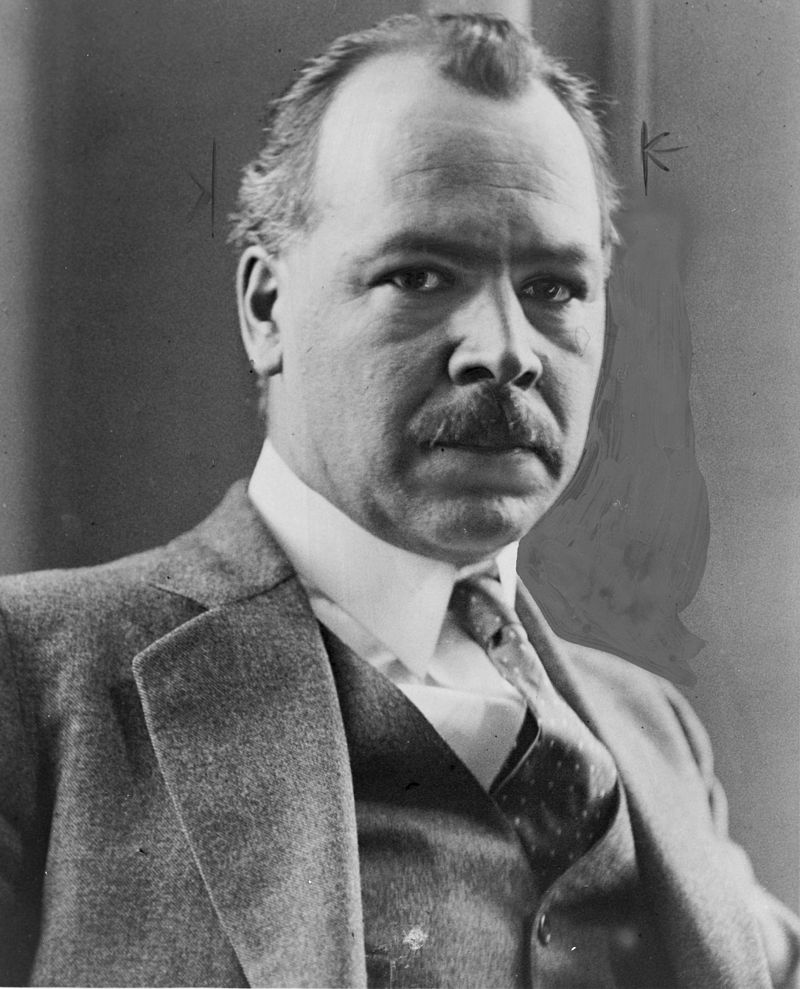
Nikolai Vavilov, a Russian botanist and geneticist, was the inspiration for this year’s symposium. Image credit: Public Domain.
This year’s theme, “The Vavilov Method: Utilizing Genetic Diversity”, celebrated the life and career of Russian botanist Nikolai Vavilov, who identified the centers of origin of cultivated plants. We invited plant scientists and breeders who are applying Vavilov’s ideas through the conservation, collection, and effective utilization of genetic diversity in modern crop breeding programs. This year we also developed a workshop entitled “Where does a breeder go to find genetic diversity?”, which allowed students and faculty to talk about the importance of utilizing genetic diversity in crop improvement and to learn new tools to help them incorporate genetic diversity in breeding programs.
Could you tell us more about how you developed the workshop?
Our aim for the workshop was to engage students and faculty on where we can find genetic diversity, how we can use it, and to include a panel discussion on the challenges and the future of genetic diversity in modern plant breeding programs. As a new value-added event, the workshop was challenging to set up because it required a different set of skills to the rest of the meeting. Once we had an idea of what we wanted, we set up an initial meeting with our speakers where we brainstormed ideas. After several online meetings and e-mails with Professor Paul Gepts (UC Davis), Dr. Colin Khoury (Agricultural Research Service, USDA; check out his recent GPC blog here!), and Professor Susan McCouch (Cornell University), we finalized the structure of the workshop, the layout of the sessions, and the objectives for the speakers. We also had a representative from DivSeek, Dr. Ruth Bastow, on the discussion panel, who contributed to our discussion on future tools for accessing diversity in the future.
How has the symposium grown since the inaugural meeting in 2015?
Every year we want to make the symposium a memorable event, and we want other students and faculty to really get something out of it. We are learning more and more about the students and faculty with these events, particularly in terms of which topics are the most exciting or interesting. The symposium has also grown into a two-day event, with this year’s inclusion of the workshop.
Did you have to overcome any challenges in the organization of the event?
One of our biggest challenges was to secure funding for the event, which is free to attend. To add further value to our event, we wanted to have additional components such as a student research competition and/or workshop, which meant we had to aggressively fundraise from multiple sources. This involved writing a lot of grant proposals both to plant sciences departments across Texas A&M University, as well as to other sources of external funding.
We are grateful to DuPont Pioneer for providing a large amount of the funding. In 2017, we also received sponsorship from the Texas Institute for Genomic Science and Society, Departments of Soil and Crop Sciences, Molecular and Environmental Plant Science, Horticulture, Plant Pathology, and Biology, Texas Grain Sorghum Association, Texas Peanut Producers Board, and Cotton Incorporated. Our beverage sponsor was Pepsi and Kind Snacks was our snack sponsor.
What advice would you give a graduate student trying to organize a similar event?
Plan early and set small goals! Communication is key for a large team to organize such an event. We encourage groups to use Slack or some sort of team work interface. It really helped us to be in constant communication with each other during the months leading up to the symposium.
Could you tell us a little about your own research?
My research (Francisco Gomez) is focused on identifying genomic regions (known as quantitative trait loci; QTLs) associated with mechanical traits that are known to be associated with stem lodging, a major agronomic problem that reduces yields worldwide. My colleague and co-chair, Ammani Kyanam, received her Masters in Plant Breeding in while working in the cotton cytogenetics program in our department. Her research focused on developing genomic tools to facilitate the development of Chromosome Segment Substitution Lines for upland cotton. She is currently mapping QTLs for aphid resistance in sorghum for her Ph.D. You can learn more about the research of our individual committee members at http://plantbreedingsymposium.com/committee/.
How can our readers connect with you?
We have a strong social media presence via Facebook, Instagram and YouTube, where we post event videos, photos and periodical updates. Check them out below!
Facebook: TAMUPBsymposium
Instagram: @pbsymposium
Twitter: @pbsymposium
YouTube: Texas A&M Plant Breeding Symposium
Website: plantbreedingsymposium.com
Email: mailto:pbsymposium@gmail.com



